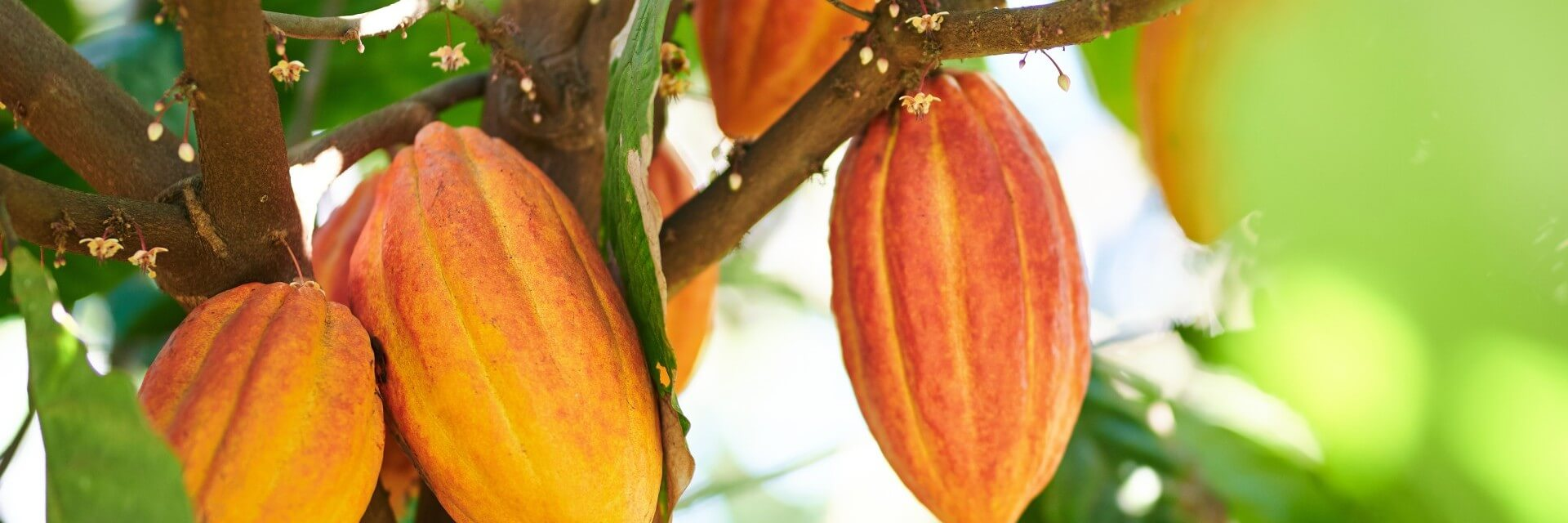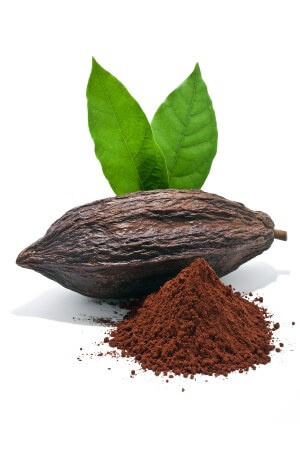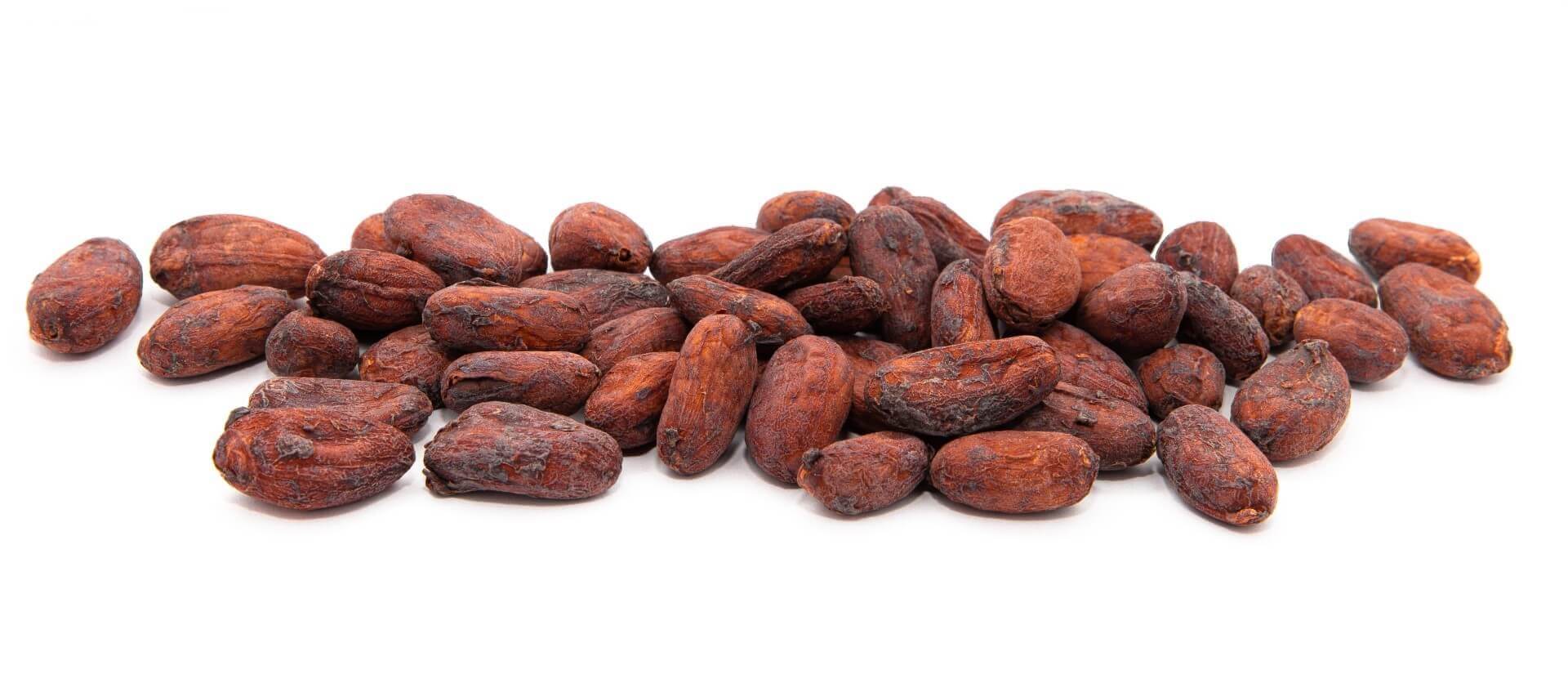
About chocolate bloom...

Why does chocolate turn white (and is it safe to eat)?
You’re unwrapping one of our chocolate bars when all of a sudden, surprise!
It became white...
Sometimes dark or milk chocolate (but especially the dark one) gets a white sheen or blotchy white spots on it. What is happening, and is chocolate that has turned white safe to eat? Find out here why your chocolate bar forms that unique, dusty film. No worries, it’s still safe to eat.
Rest assured, the chocolate is indeed safe to eat. This white film does not mean the chocolate is moldy or has gone bad. What you see is the result of a natural reaction known as "chocolate bloom". To learn why chocolate blooms, and what you might want to do about blooming, it helps to understand how chocolate is made.
Chocolate is made with cacao beans that are fermented and roasted to help trigger chemical reactions that create delicious flavors. The average cocoa bean contains about 50% cocoa butter and 50% cocoa fiber. Cocoa butter is the fatty part of the cocoa bean, while cocoa fiber is the dark part of chocolate. What is the difference between cocoa and cacao? The tree, pod and bean are usually referred to as "cacao" while the word "cocoa" is reserved for the bean after it has been fermented and roasted. Cocoa fiber helps give regular chocolate its color and much of its taste, while cocoa butter is responsible for chocolate's richness. Cocoa butter happens to melt at about human body temperature
After cacao beans are roasted, the shells are separated from the nibs, the "meat" of the beans. The nibs are then ground up into a paste known as cocoa mass, cocoa liquor or chocolate liquor. Despite its name, chocolate liquor does not contain alcohol. Dark chocolate is made with cocoa mass. Milk chocolate is also made with milk. White chocolate is made with cocoa butter and milk, leaving out cocoa fiber.
Chocolate blooming happens when molecules within the candy start moving. There are two basic types of bloom: sugar bloom and fat bloom.
Fat bloom happens when cocoa butter migrates to the surface of the chocolate due to heat, light exposure or improper handling. Fat bloom appears as a white sheen or blotchy white spots.
Sugar bloom is brought on by storing chocolate in a moist environment, or by removing cold chocolate from a refrigerator and exposing it to the moist air, just as a soda bottle coming out of the refrigerator will collect moisture. Sugar bloom is noticeable as a rough, gritty surface and finely speckled appearance.
When chocolate makers create the chocolates, a process of heating and cooling liquid chocolate, known as tempering, gives chocolate its strength, wonderful sheen and smooth melt. Bloomed chocolate has lost its crystalline structure, thereby disrupting the melt sensation and causing an imbalance of flavor profiles. In bloom, the sugar, the fat and the cocoa fiber have become disharmonious, brittle and unattractive.
Large chocolate companies suppress fat bloom by reducing cocoa butter levels or by adding bloom inhibitors, such as vegetable fats or oils. We don't do that!
Adding sugar or cocoa powder, cocoa mass that has been dried or powdered and had most of its cocoa butter removed, can also minimize bloom during manufacturing. However, these additions influence the flavor of the chocolate, and sometimes make it seem waxy or gummy.
Remember, chocolate blooming is harmless, although bloomed chocolate may have a chalky or gritty mouthfeel.
While like all chocolate makers, we do their best to avoid this bloom, we do not have much control over the shipping conditions once the chocolates are on their way to our customers. The box may stay overnight in the carrier's warehouse where temperatures rise and fall dramatically, causing a bloom to occur.
Overall, it should be noted that chocolate bloom is not harmful to your health. You can carry on eating your well-deserved sweet. If the chocolate doesn’t taste up-to-par, it is still perfectly good to use for cooking or making hot cocoa.


